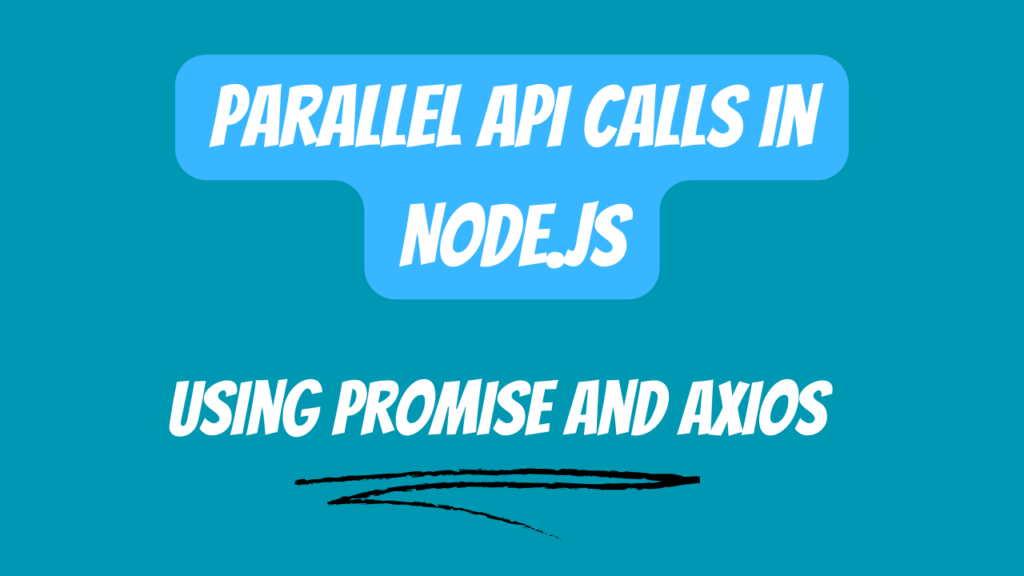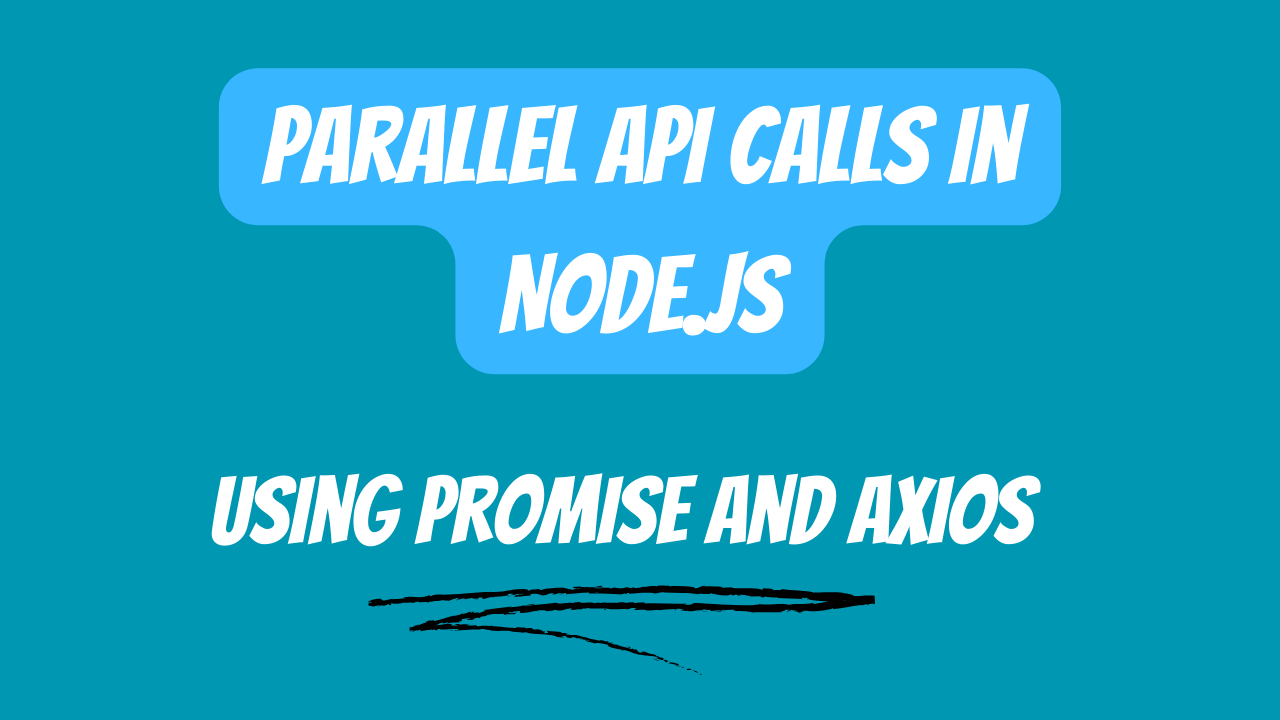Parallel API Calls in Nodejs: In the world of web development, integrating multiple APIs into your Node.js application is a common scenario. However, as your application grows, the need to call multiple APIs simultaneously becomes crucial for optimizing performance and reducing latency. In this blog post, we will delve into the art of making parallel API calls in Node.js, exploring various techniques and libraries to help you achieve this efficiently.

Understanding Asynchronous Operations (Parallel API Calls in Nodejs):
Using Async/Await with Promises:
The simplest way to make parallel API calls is by utilizing the async/await syntax along with Promises. Create an array of Promises, each representing an API call, and use Promise.all() to execute them concurrently.
async function fetchMultipleAPIs() {
const api1Promise = fetch('https://api.example.com/endpoint1');
const api2Promise = fetch('https://api.example.com/endpoint2');
const [result1, result2] = await Promise.all([api1Promise, api2Promise]);
// Process results
console.log(result1, result2);
}
Using the Axios Library:
Axios is a popular HTTP client for Node.js that simplifies making HTTP requests. It also provides a convenient way to handle multiple requests concurrently using axios.all().
const axios = require('axios');
async function fetchMultipleAPIs() {
const response = await axios.all([
axios.get('https://api.example.com/endpoint1'),
axios.get('https://api.example.com/endpoint2'),
]);
// Process responses
const result1 = response[0].data;
const result2 = response[1].data;
console.log(result1, result2);
}
Using the Promise-Based Approach:
Another approach is to use native promises and the Promise constructor. This method allows you to handle parallel requests by creating an array of promises and using Promise.all().
const api1Promise = new Promise((resolve) => {
// API call logic
resolve(api1Result);
});
const api2Promise = new Promise((resolve) => {
// API call logic
resolve(api2Result);
});
Promise.all([api1Promise, api2Promise])
.then(([result1, result2]) => {
// Process results
console.log(result1, result2);
});
Conclusion:
Mastering the art of calling multiple APIs in parallel is a crucial skill for Node.js developers. Whether you choose to stick with native Promises and async/await or leverage external libraries like Axios, the goal remains the same: to enhance the performance of your applications by efficiently managing asynchronous operations. Experiment with these techniques, consider your project’s specific requirements and choose the approach that best fits your needs. Happy coding!

